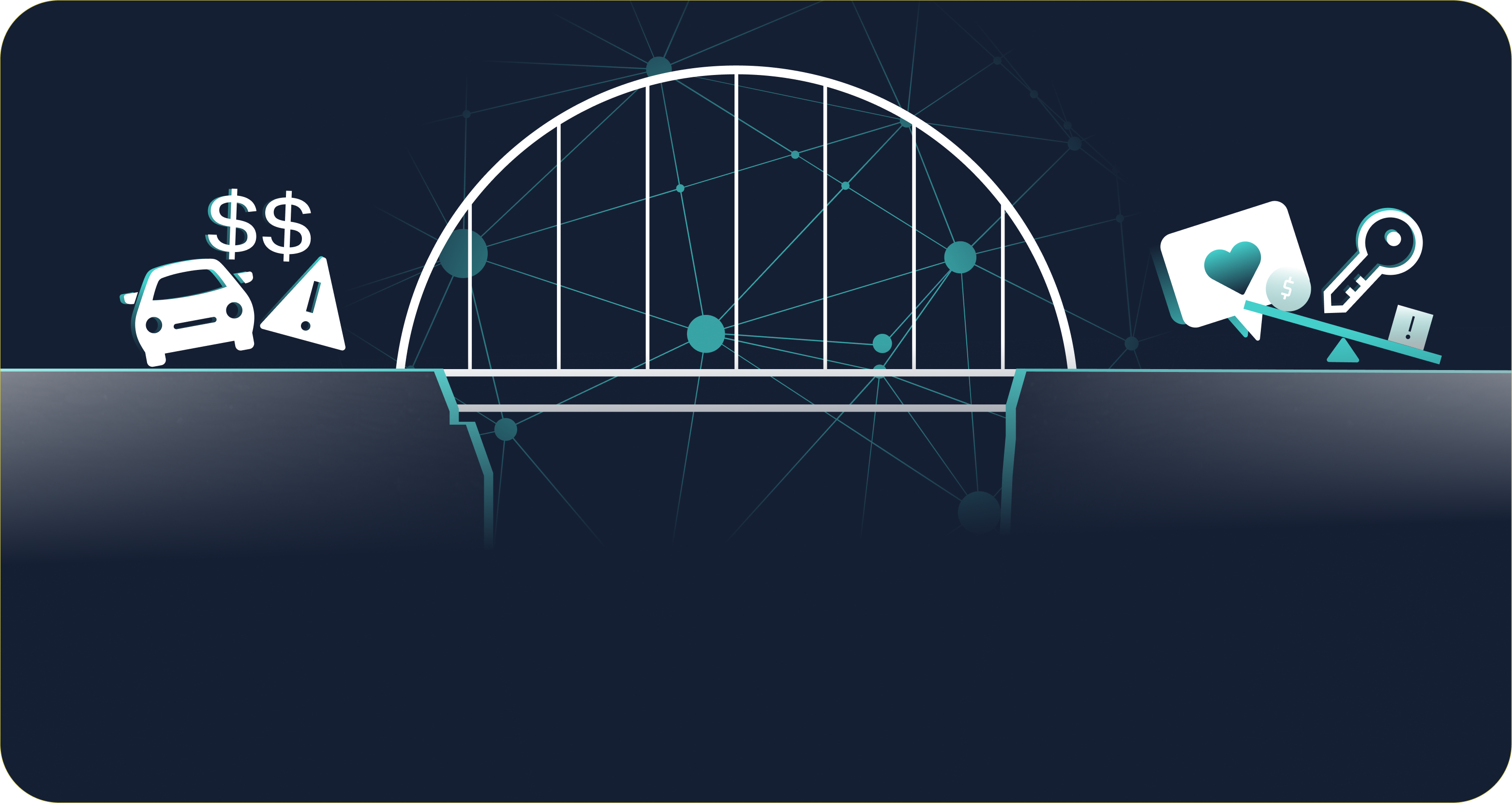If alternative data is the new black, Zest AI’s been ahead of the trend
Alternative data is just one consideration for a lender’s credit data strategy
Remember back in the 2010s when “Big Data” was the up-and-coming and exciting buzzword of the tech industry? Every company was eager to harness its power.
While Big Data remains crucial — and is a key ingredient in building powerful models at Zest AI — its hype has waned. Alongside its benefits came challenges: quality, security, explainability, and fairness issues.
We’re seeing a similar phenomenon with “alternative data” today.
Many fintechs are promoting this add-on as a panacea for any trouble related to model performance and fairness, when, in reality, there are always trade offs to using alternative data. At Zest AI, we have always believed that we do our best when our clients are doing their best, and for this specific case, that means helping them understand those trade offs so that their technology and data solutions can be right-sized for their organization.
Every tuxedo is a suit, but not every suit is a tuxedo
Data is data, right? But not all data is up to snuff when it comes to lending compliantly.
When it comes to lending the terms alternative data, transactional data, and credit data all have distinct meanings and inputs that really matter when it comes to complying with fair lending laws. Let’s get on the same page about the data buzzwords that are circulating and their definitions.
- Alternative data – This refers to a broad bucket of non-traditional credit data that can provide additional insights into a borrower’s creditworthiness. Examples include utility payments, rental payments, and checking account behavior.
- Transactional data – This is a subset of alternative data that includes detailed records of financial transactions, such as bank account activity, spending patterns, and income deposits. It provides a granular view of a borrower’s financial behavior.
- Credit data – This typically refers to the data that represents your “credit file,” which comes from the Credit Reporting Agencies (CRAs), which includes information like credit history, outstanding debts, past bankruptcies, and payment history. This is the standard data used in most credit underwriting processes.
At the surface, these definitions of alternative and its subset of transactional data seem like great additions to stack on top of credit data. We’ll talk about how they can be a boost for predictiveness in the next section, but I’ll also share some guidelines for when and how to use this additional data.
Finding the right fit is always en vogue
As I said above, sometimes alternative data is incredibly useful. For example, in our experience, certain types of alternative data have been a valuable resource in situations when it comes to getting risk insights for underbanked individuals looking for a loan.
But in many other cases, it can needlessly increase costs and complicate lending decisions. More importantly, something every lender should consider is how alternative data can adversely impact a consumer if not put through the right training sets and tested for compliance.
Just like with any other set of data a lender chooses to help inform their lending decisions, there are five things we recommend considering before including alternative or transactional data in your models.
- Evaluate the quality
It’s crucial to assess the quality, relevance, and reliability of the data sources. Since not all alternative data is created equal, a review of the signals, their statistical benefit, cost, and coverage will be necessary. - Ensure privacy and security
With the integration of new data sources, maintaining data privacy and security is paramount. Clients should ensure that any alternative data used complies with regulatory standards and protects consumer information. - Focus on explainability
When moving beyond traditional credit data, it’s essential for lenders to understand precisely how the new features influence outcomes. This understanding is crucial both for statistical analysis and fair lending compliance. Clients should prioritize transparency in their models to ensure that decisions are easily understandable and justifiable. - Promote fairness
Although alternative data can help reduce biases inherent in traditional credit data, it can exacerbate bias or create new issues as well. Therefore, when using alternative data, it is even more important to use rigorous, and advanced. less discriminatory search techniques to ensure that bias has been minimized. - Backtest and validate
Before fully integrating alternative data into their underwriting processes, clients should ensure that the impact to their business and their consumers is fully understood through rigorous backtesting. This includes taking additional steps during model development and validation, as well as focused monitoring in production, to ensure model behavior is as expected.
Your technology should be tailored to you
Improving risk predictiveness and lending insights is not a one-size-fits-all approach, and the technology your institution brings in should recognize and respect that. If a tailor-made model is only one part of the equation for better lending — the other half is accurate and compliant data that informs the model’s insights.
For now, lenders looking at adding alternative data sources to their toolkits should only do so after running through the five points from the list above.
______________________________
Sean Kamkar — Chief Technology Officer
Sean leads Zest AI’s efforts in developing cutting-edge financial models and modeling tools, with a near decade-long focus on model performance, explainability, fairness, and automation in credit underwriting — enabling financial institutions to deploy powerful and compliant AI/ML solutions swiftly and easily.

